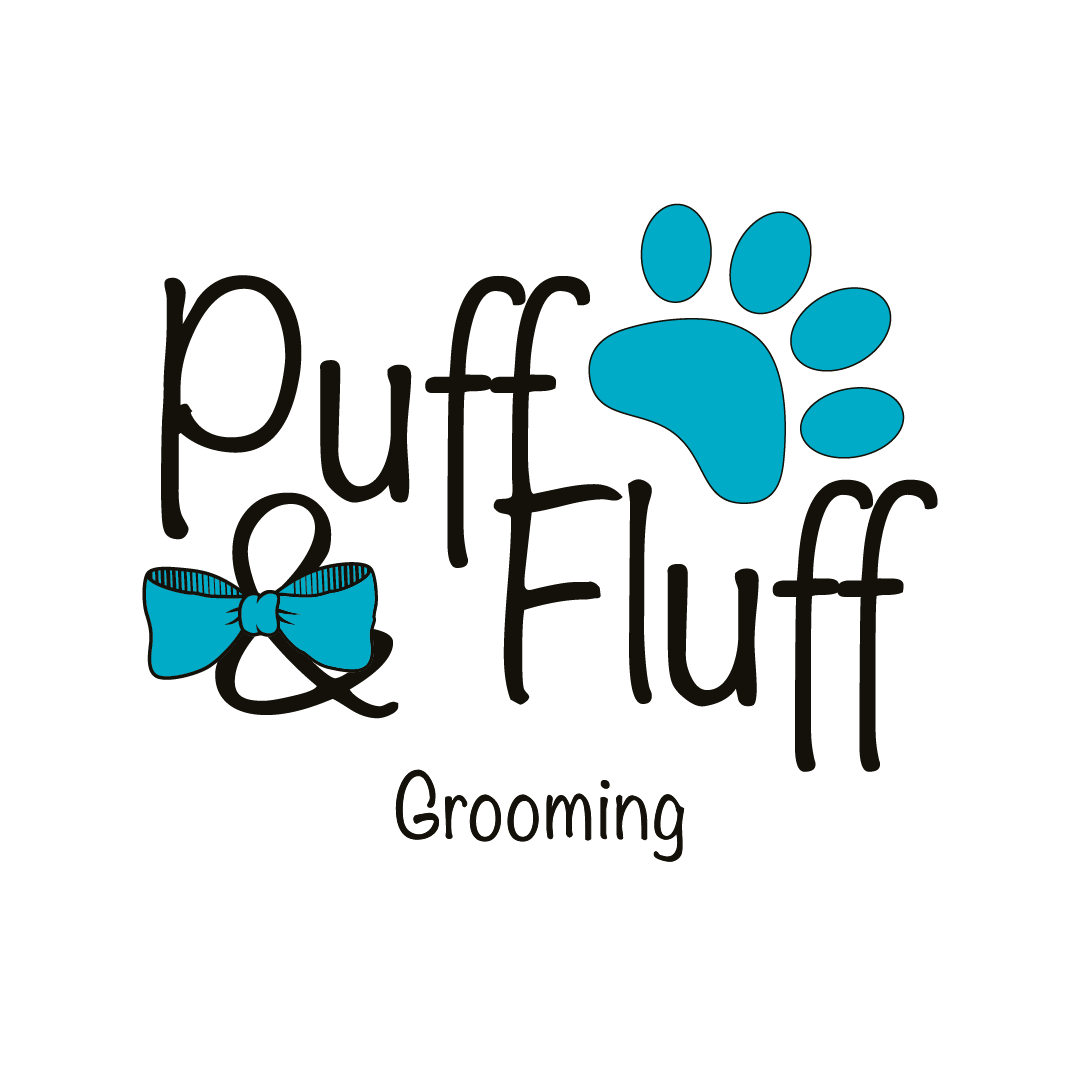(source: Pexels)
Capturing the perfect photo of your pet is a rewarding experience, but ensuring that the image remains high-quality, especially when resizing, can be challenging. Whether you’re looking to print a large poster of your furry friend or share their adorable face on social media, maintaining clarity and detail is crucial. Here are some top tips for keeping your pet photos sharp and vibrant when you increase image size.
1. Start with High Resolution
The foundation of a high-quality photo begins with resolution. Always use the highest resolution setting on your camera or smartphone. This ensures that your image contains the maximum amount of detail, making it easier to maintain quality when resizing. A high-resolution photo has more pixels, which means more information that can be preserved during enlargement.
2. Use Proper Lighting
Good lighting can dramatically improve the quality of your photos. Natural light is often the best choice, as it provides even illumination and brings out the details in your pet’s fur and features. Avoid harsh, direct sunlight which can create unwanted shadows and highlights. If shooting indoors, try to position your pet near a window or use soft, diffused lighting to achieve the best results.
3. Optimize Your Editing Process
Editing software can be a powerful tool in maintaining and enhancing photo quality. Basic edits like adjusting exposure, contrast, and color balance are essential. However, don’t shy away from more advanced techniques. Learning to use tools like layers and masks can give you precise control over your edits, allowing you to selectively enhance certain areas of your photos. Additionally, understanding the impact on quality and sharpness when you increase image size can help you maintain the integrity of your photos during resizing.
(source: Pexels)
4. Use Quality Enlargement Tools
Not all resizing tools are created equal. Some can significantly degrade the quality of your image by adding artifacts or blurring details. Using a professional tool like Adobe Express for resizing can make a substantial difference. These tools often have algorithms designed to preserve detail and reduce quality loss, ensuring your pet’s photos look great even at larger sizes.
5. Sharpen and Enhance Details
After resizing, you may notice a loss in sharpness. This can be counteracted by using sharpening tools available in most photo editing software. Be cautious not to overdo it, as too much sharpening can introduce noise and make the image look unnatural. Focus on enhancing the important details, such as your pet’s eyes and fur texture.
6. Keep the Original File
Always keep a copy of the original, unedited photo. This allows you to go back to the source if you need to make additional adjustments or if your first attempt at resizing doesn’t meet your expectations. Working from the original ensures you have the highest quality version available at all times.
7. Consider Print Size and Viewing Distance
When enlarging photos for print, consider the distance from which the photo will be viewed. A slight loss in detail may not be noticeable when the photo is viewed from a distance, such as a poster on a wall. Adjust your expectations and editing approach based on the intended use of the resized image.
Conclusion
Maintaining high-quality photos of your pet when resizing requires attention to detail and the right tools. By starting with a high-resolution image, using proper lighting, optimizing your editing process, and employing quality enlargement tools, you can ensure your pet’s photos remain sharp and vibrant. Remember, understanding the impact of resizing on image quality is key to achieving the best results. Happy photographing!


